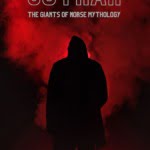The Jötnar in Norse mythology are a tricky bunch. Are they bad guys? Are they good guys? Or do they just want the Æsir to stop bothering them? Read on to find out more.
In Norse mythology, the Jötnar (singular: jötunn) are a race of beings that mainly live in Jötunheimr, one of the nine worlds connected by the ash tree Yggdrasil. They’re often in conflict with the Æsir, and are key players in bringing about Ragnarök, the end of the world.
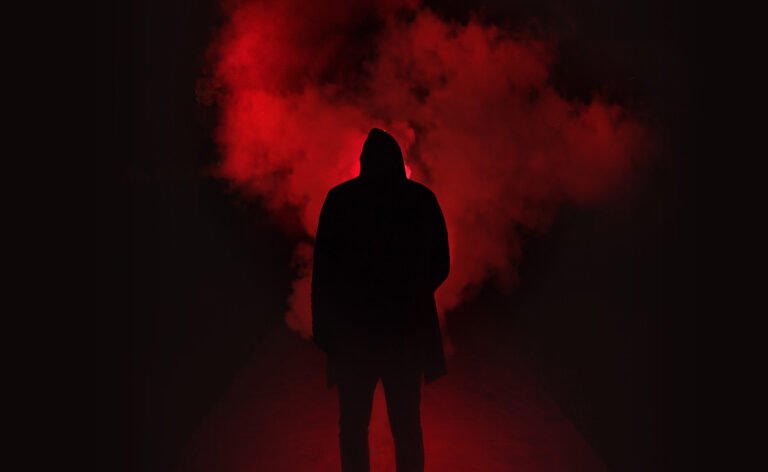
This means that they tend to be depicted as the Bad Guys in popular culture. For example, in Marvel’s Thor movies, they’re called “the frost giants” and frequently attack Asgard, the home of the Æsir.
However, not all Jötnar are enemies of the Æsir – some of them are allies. A lot of the Æsir even have children with Jötnar, and the majority of them have at least one Jötunn parent.
Read more: An Introduction to Norse Mythology
All of this seemingly conflicting information therefore begs the question: who are the Jötnar really? Let's find out…
What does “Jötunn” mean?
The word “jötunn” is often translated as “giant”, and has the same linguistic origins as the English word “ettin”, which is a name for giants in British folklore. In the 2010 Norwegian movie Trollhunter, the biggest type of mountain troll is called “Jotnar” as an apparent reference to this interpretation of the word.
However, this doesn’t provide an entirely accurate picture of the Jötnar in Norse mythology, as many of them are the same size as humans. Instead, “Jötnar” seems to be used in the same way as “Æsir” or “Vanir” in that it’s used as a name of a group of beings, rather than as a reference to any physical trait.
Yet, it’s difficult to know exactly what the criteria are for being considered a Jötunn when, at first glance, the Jötnar appear to have very little in common with each other.
A Jötunn by any other name
The Jötunn in the 2017 horror film The Ritual is a massive, moose-like creature with eight limbs that stalks its victims through its forest home. Its worshippers refer to it as a child of Loki.
While this Jötunn is a modern creation, its monstrous appearance is in line with Loki’s other Jötunn children: an eight-legged horse named Sleipnir, a half-dead girl named Hel, a giant snake named Jörmungand, and a massive wolf named Fenrir.
Loki and his children are the most well known Jötnar in Norse mythology and arguably the main reason that the Jötnar are still thought of as monstrous antagonists today.
In Ragnarök, Loki leads an army of the dead out of Hel against the Æsir, and Fenrir and Jörmungand kill Odin and Thor respectively.
However, not all Jötnar are ugly monsters. The Jötunn Gunnlöd is described in Hávamál as a “góðu konu” (good/fine/sweet woman), and the Jötunn Gerdr is so beautiful that Freyr gives up his magical sword for a chance to marry her (a choice that ultimately leads to his death at the hands of the Jötunn Surtr in Ragnarök).
Read more: Creatures in Norse Mythology
Make love AND war
Freyr is not alone in taking a Jötunn as a partner. His own father Njörd marries the Jötunn Skadi (which is a marriage based entirely on the fact that she thought his feet were the prettiest). In general, when the Æsir aren’t fighting the Jötnar, they’re having relationships with them.
In addition, the majority of the Æsir have at least one Jötunn as a parent, including Thor, whose mother is the Jötunn Jörd, and Odin himself, whose mother is the Jötunn Bestla.
As a rule, these unions tend to be between male Æsir or Vanir and female Jötnar (though there are exceptions, such as Loki, who has a Jötunn father and an Æsir mother).
This is because Norse mythology is patrilineal, which means that the children inherit the family lineage of their father – although again, there are exceptions to this.
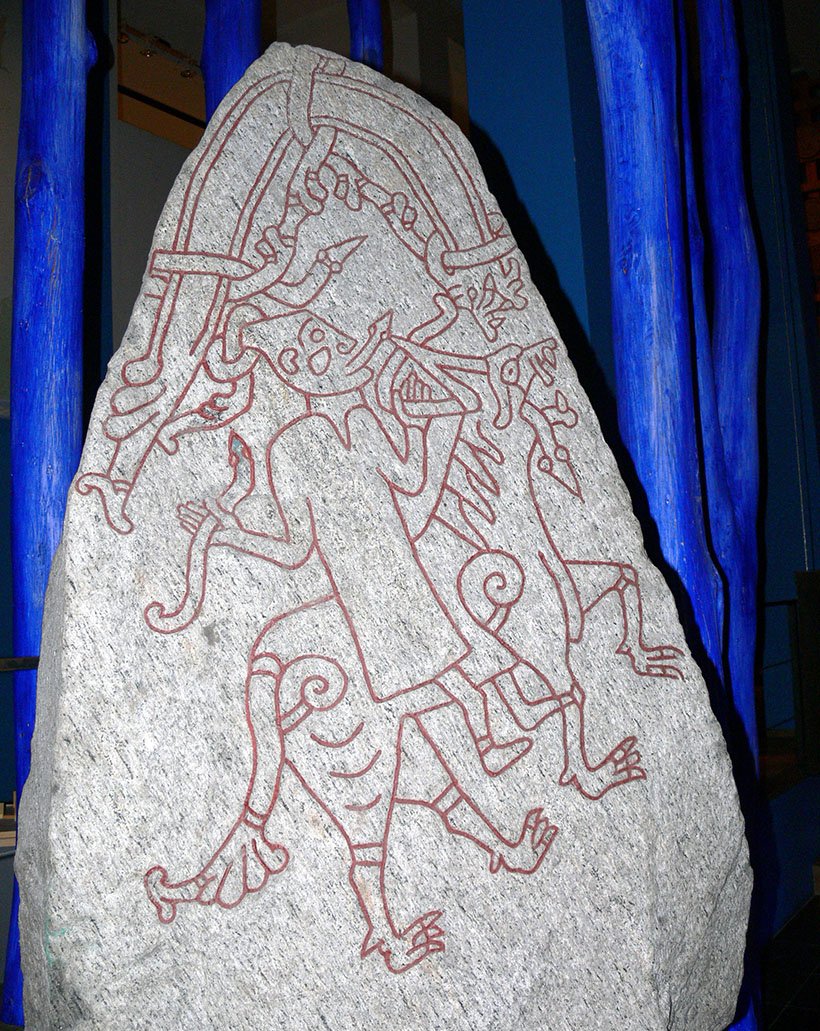
The Jötnar in Norse mythology can usually be categorised into three groups:
Allies of the Æsir, e.g.
- Ægir: Husband of Ran, goddess of the sea. He frequently hosts the Æsir in his hall for feasts and drinking parties.
- Skadi: The daughter of Thjazi, she arrives at Asgard after her father is killed by the Æsir, looking for compensation. The matter is eventually settled when Loki makes her laugh and the Æsir allow her to choose a husband from one of them based on their feet. She ends up marrying Njord when she mistakes his feet for Baldr’s.
- Gerdr: A beautiful Jötun who, after much back and forth, agrees to marry the love-sick Fryr. According to Heimskringla, they have a son named Fjolnir who goes on to found the Yngling dynasty in Sweden.
Enemies of the Æsir, e.g.
- Thrym: A Jötun king who steals Thor’s hammer Mjölnir and only agrees to return it if Freyja marries him. Thor dresses up as Freyja and goes to the wedding instead, killing Thrym as soon as he hands him Mjolnir (apparently Thor’s fiery eyes and lack of table manners weren’t enough of a giveaway).
- Thjazi: The father of Skadi who kidnaps the goddess Idun. She is saved by Loki, who uses Freyja’s cloak to change into a falcon, transforms Idun into a nut and carries her back to Asgard. Thjazi turns into an eagle and chases him, but the Æsir light fires that burn his wings and kill him when he falls to the ground.
- Jörmungand: Also known as “the Midgard Serpent”, as he’s big enough that he encircles the entire world. Even though he’s Loki’s son, he would be considered neutral to the Æsir if it weren’t for his long-standing eneminity with Thor. Thor kills him in Ragnarök but dies of his wounds soon after.
- Fenrir: Another one of Loki’s sons and a giant wolf. He initially lived among the Æsir until he grew so big that they became scared of him and tricked him into being bound (though Tyr lost a hand in the process). He kills Odin in Ragnarök and is then killed himself by Odin’s son, Vidar.
- Surtr: The guardian of Muspelheim and one of the more foreboding Jötunn in Norse mythology. He has a fiery sword and also fights against the Æsir in Ragnarök, during which he kills Freyr.
Neutral to the Æsir, e.g.
- Hel: Loki’s only daughter. She rules over the realm of the same name in Niflheim, which is where everyone who dies of old age or sickness goes.
- Hymir: A Jötun with an unusually hard skull. He takes Thor fishing and they end up catching Jörmungand. Thor starts to pull the snake up but Hymir cuts the line, as if Thor and Jörmungand fought, they would kickstart Ragnarök.
- Suttungr: The father of Gunnlöd and guardian of the Mead of Poetry. He chases Odin when he steals the mead but is unable to catch him.
- Gunnlöd: Suttungr’s daughter who is given the job of guarding the Mead of Poetry. She is “seduced” by Odin into drinking it, and later gives birth to their son Bragi, the god of poetry.
A Force of Nature
The Æsir are not the only ones to come from the Jötnar. Arguably, everything does. In Norse mythology, the two first beings in existence were a cow named Audhumla and a Jötunn named Ymir, whose body was used to create the universe. Without the Jötnar, nothing would exist at all.
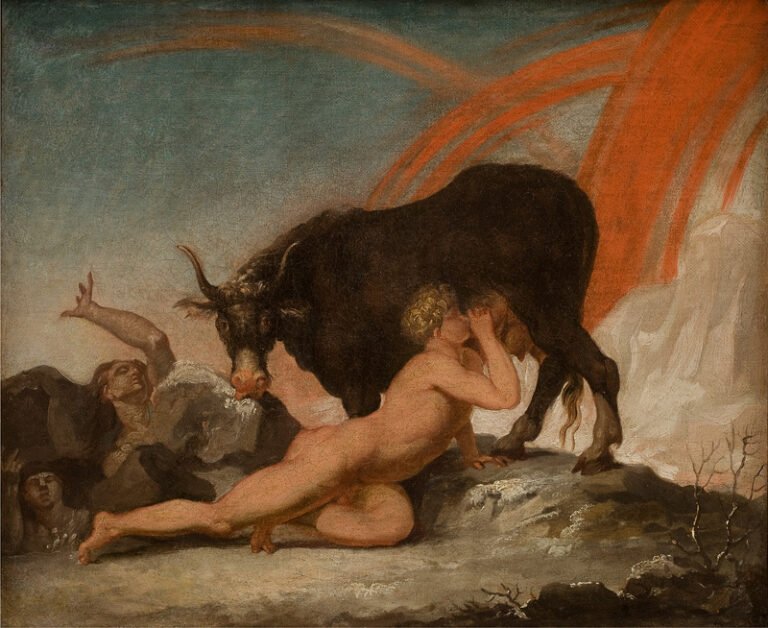
Therefore, it’s not surprising that, for all their differences, the Jötnar are all very closely connected to nature.
Sometimes this connection is very obvious: Jörd’s name literally means “Earth”, while Ægir’s name means “Sea”. However, sometimes this connection can be seen in the role they play: Hel rules over the dead, a natural consequence of life, while Jörmungand encircles the world, thereby holding it together.
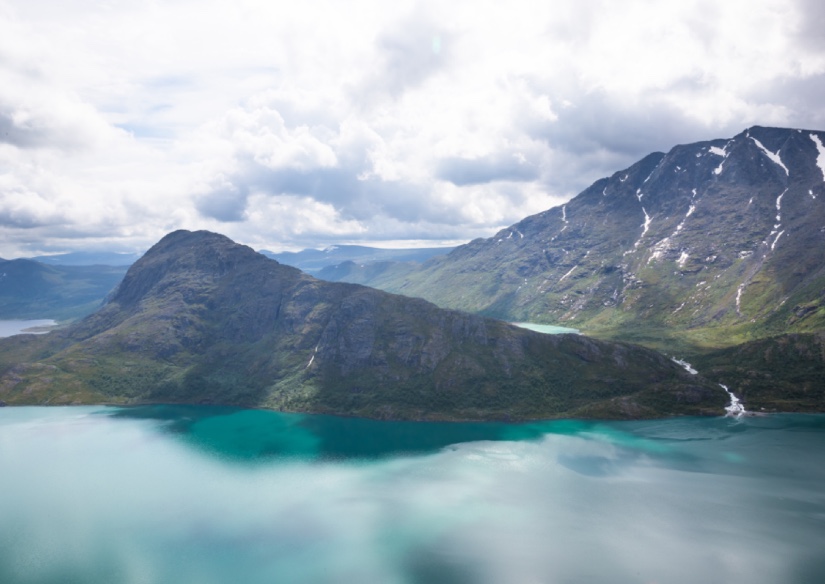
This connection to nature also explains why some Jötnar are beautiful allies and some are monstrous enemies. At the time of the Vikings, people were wholly dependent on nature being good to them in order to survive. If nature didn’t treat them well, for example if there was a bad harvest or a massive storm at sea, the consequences could be fatal.
While Jötunheimr and the Jötnar do not exist, you can always go for a hike in Jotunheimen National Park and experience breathtaking landscapes that are truly worthy of the giants.
What do you think about the Jötnar? Which Old Norse myth would you like us to tackle next? Let us know.

